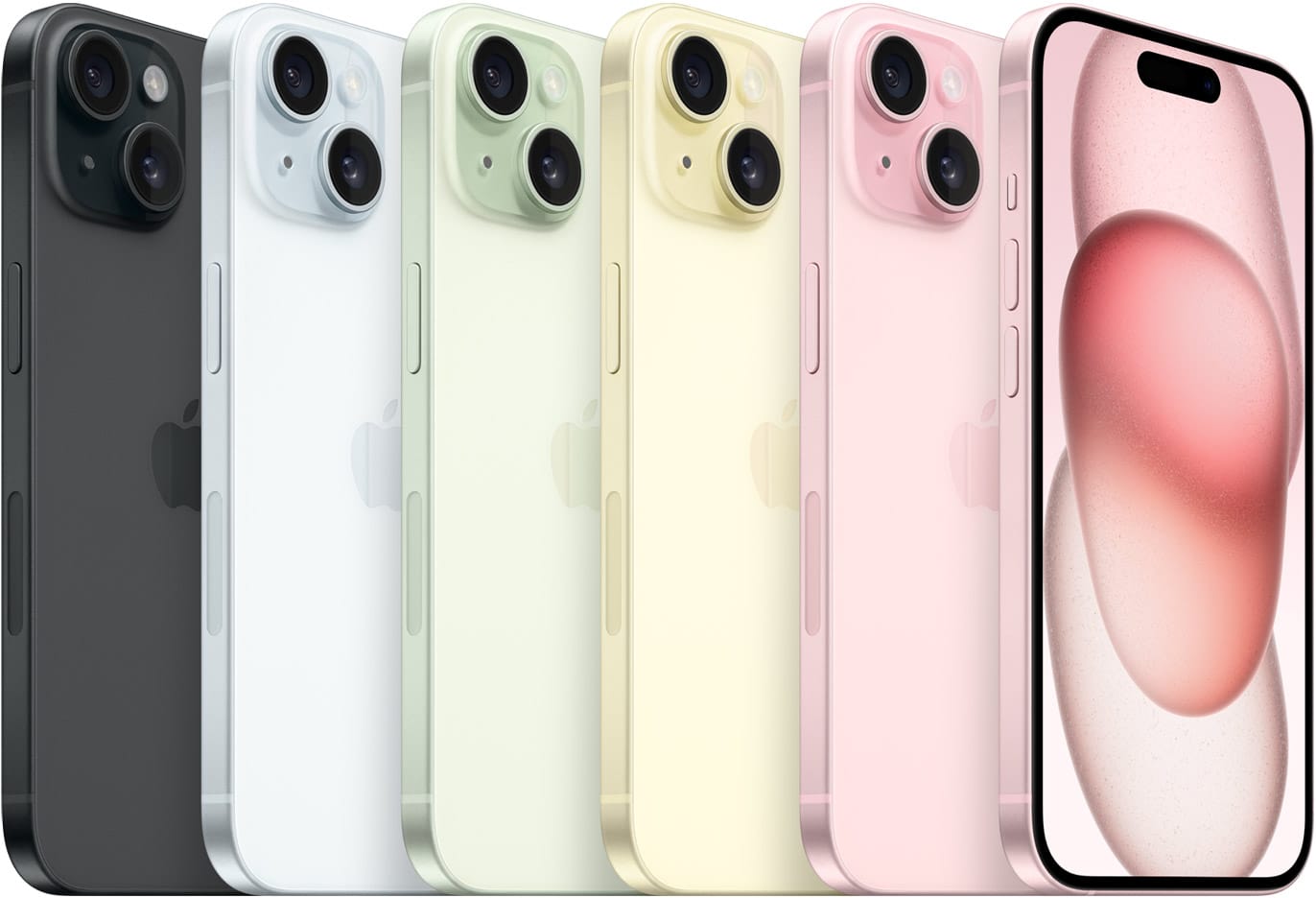Getting your pricing strategy right
Pricing is more about perceived value than it is about the actual cost of something.

'Price is what you pay, value is what you get.' - Warren Buffett
Over the past 8-months we have been going through the process of buying a car. I specifically use the word 'process' because when you are shelling out a shit ton of money to buy something that progressively devalues the longer you own it, you want to be plotting variables on spreadsheets and making use of maths you last relied on at university to make sure you are not screwing yourself as you fall in love with soft leather and hybrid power. This is certainly not how most people buy a car, but I blame this weird unemotional behaviour on my humble Anglican upbringing, the awareness of which brings me a certain level of internal tranquility.
After a long search and many family arguments - we finally bought a lovely 2nd hand vehicle that we found in Joburg. It's 8-years old, has hardly been used; looks and smells like a brand new car and we got it for a really great price, considering what (the brand and model) we bought. The car is a dream, the price we paid makes it a story worth telling.
In the marketing universe price is by far the most powerful tool there is to increase profit.
According to research done by McKinsey on data from S&P 1500 companies 'a price rise of just 1 percent, if volumes remained stable, would generate an 8 percent increase in operating profits —an impact nearly 50 percent greater than that of a 1 percent fall in variable costs such as materials and direct labor and more than three times greater than the impact of a 1 percent increase in volume.'
As impressive as this is, when you consider the effects of raising prices, a lowered price produces the opposite result. Brands may think that lowering prices will create a higher volume of sales, which will end up producing the same profit in the end, but this rarely happens. All that is ultimately created is a higher-level of price sensitivity in the marketplace, which ends up negatively affecting the long-term value of the brand itself.

That's exactly why luxury watch manufactures buy back unsold watches from retailers at great expense. Discounting a Rolex would be brand suicide.
How most pricing gets done
Even though price is a core part of the traditional 4Ps of the marketing mix, it's actually rare in practice that marketers are even invited to the room in which the pricing strategy gets decided. Most companies - led by accountants - simply (1) take the cost of an item, add a margin and settle on that being the price that gets presented to the customer.
Alternatively - accountants will gather in the musty, dark corners in which they feel most comfortable, and (2) look at the prices that competitors charge for similar products in the marketplace and try to match, or sometimes slightly undercut, the market-related price.
The complete absence of any kind of creativity in these two approaches should be abundantly clear.
What very seldom happens is that the (3) perception of the customer is taken into consideration when setting price. This is however where the most opportunity lies for skilled marketers.
Pricing is more about perceived value than it is about the actual cost of something. People primarily make judgments about a brand and its products based on their subconscious feelings towards it rather than an overly-analytic assessment of the intrinsic benefits that they will get as a result of buying it at any particular price point. The numbers do not mean as much as their deeper emotional attraction to what the brand means for them in their minds.
Well-known brands are able to command far higher margins than less popular ones. A Rolex costs far more than a Seiko not because it tells the time more accurately, but because of Roger Federer. The price is a part of the value that the watch offers the proud owner. A can of Red Bull costs more than other energy drink brands because the mark is very well-known. An Apple iPhone costs far more than a Samsung Galaxy because it's a premium brand from the USA; Tim Cook is the guy in charge (he appears in some of their ads) and it's beautiful, right?
As Les Binet and Peter Field have proven time and time again in their research, reducing customer sensitivity towards price is the most underrated, most powerful driver of long-term profitability that is usually achieved by building an emotional connection with people with highly-creative brand building.
Even marketers themselves are convinced that the value of advertising is to produce more sales (volume). But this is only one part of it. The most valuable result (again according to empirical research done by Les Binet) of creating good advertising is actually reducing sensitivity to price.
Strong brands command good margins; and it's good margins that drive outperformance in profitability. Value is the key, not volume.
A successful pricing strategy should then carefully consider three dimensions at the same time.
What the cost landscape is; what competitors are charging and what the perceived value held in the minds of the customer is. There may be room to move around on costs; you can position in relation to what's happening in your category, but the most effective place to make a strategic intervention would be in improving the perceived value of the product / brand in the market.

That's done by framing and reinforcing a particular perception in people's minds. The Apple iPhone is a beautifully-designed device that's the best and most-desired smartphone you can buy. Why? Because Apple works very hard at reinforcing that perception. And because of that the iPhone 15 costs nearly R20k, while the equivalent Samsung will cost you less than half of that.
What price strengthened by brand does for Apple profits
Apple are now the world's smartphone market leader - snatching the #1 position only recently from Samsung, but what is far more impressive than this is that the iPhone commands a 50% revenue share of the global market (three times more than Samsung).
The rise of 'premiumization'
Analysts make the suggestion that Apple is winning against Samsung because of the growing trend of 'premiumization' of the category. Premiumization is just a word dull accountants use to say 'that there is an increased demand for strong, desirable brands' out there. People want to buy brands not 'functional solutions'. And a big part of the allure of an iPhone is its price...it's social value.
Remember that price is an important component of the critical mix of factors that you can manipulated and is more about perceived, mental value than it is about the actual cost of something.
If you are not able to charge the price you want for something (presumably higher) then what you need to do is bolster / firm up the considered value of it. That firming up process is what good advertising is for.
Related:



